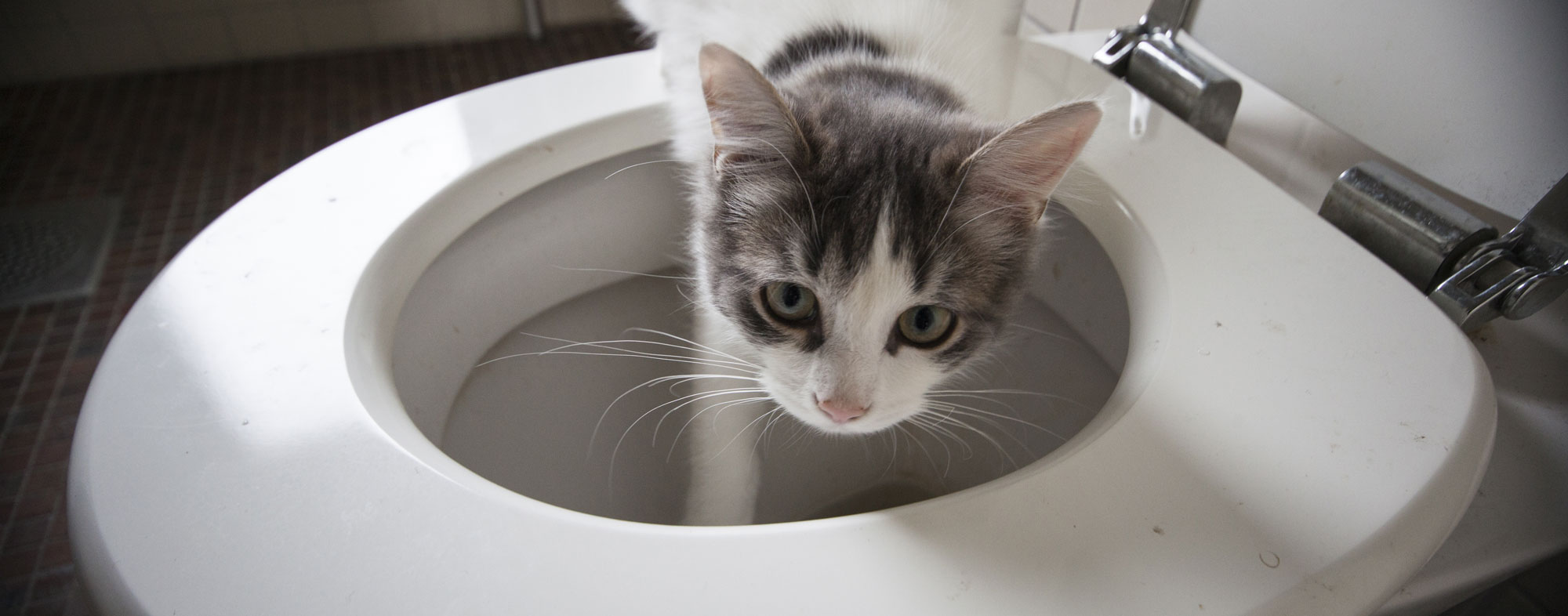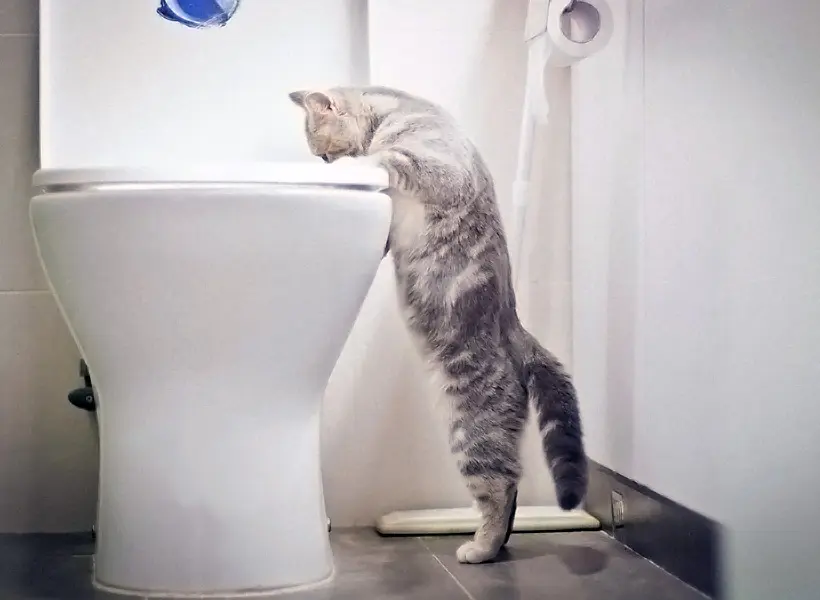Potential Issues of Flushing Cat Poop Down Your Toilet - Safeguard Your Pipes
Potential Issues of Flushing Cat Poop Down Your Toilet - Safeguard Your Pipes
Blog Article
The content down below relating to Don’t flush cat feces down the toilet is incredibly intriguing. Read it for yourself and decide what you think about it.

Intro
As pet cat proprietors, it's important to be mindful of exactly how we dispose of our feline buddies' waste. While it may seem practical to flush pet cat poop down the bathroom, this practice can have damaging consequences for both the environment and human health and wellness.
Ecological Impact
Flushing pet cat poop introduces hazardous pathogens and bloodsuckers right into the water supply, positioning a significant threat to aquatic communities. These impurities can adversely impact aquatic life and concession water quality.
Health and wellness Risks
Along with environmental issues, flushing cat waste can also position health dangers to human beings. Cat feces may include Toxoplasma gondii, a bloodsucker that can create toxoplasmosis-- a possibly severe health problem, particularly for expecting females and individuals with weakened immune systems.
Alternatives to Flushing
Fortunately, there are more secure and much more accountable ways to throw away feline poop. Think about the following choices:
1. Scoop and Dispose in Trash
The most usual method of disposing of pet cat poop is to scoop it right into a biodegradable bag and toss it in the garbage. Be sure to utilize a committed clutter inside story and get rid of the waste quickly.
2. Usage Biodegradable Litter
Choose eco-friendly cat trash made from materials such as corn or wheat. These trashes are eco-friendly and can be safely gotten rid of in the trash.
3. Hide in the Yard
If you have a lawn, take into consideration burying feline waste in a marked area away from vegetable gardens and water sources. Be sure to dig deep sufficient to stop contamination of groundwater.
4. Mount a Pet Waste Disposal System
Buy an animal waste disposal system specifically designed for feline waste. These systems make use of enzymes to break down the waste, minimizing odor and ecological effect.
Verdict
Responsible family pet ownership extends beyond providing food and shelter-- it likewise entails correct waste management. By refraining from purging pet cat poop down the commode and choosing alternative disposal techniques, we can reduce our environmental footprint and safeguard human health.
Why Can’t I Flush Cat Poop?
It Spreads a Parasite
Cats are frequently infected with a parasite called toxoplasma gondii. The parasite causes an infection called toxoplasmosis. It is usually harmless to cats. The parasite only uses cat poop as a host for its eggs. Otherwise, the cat’s immune system usually keeps the infection at low enough levels to maintain its own health. But it does not stop the develop of eggs. These eggs are tiny and surprisingly tough. They may survive for a year before they begin to grow. But that’s the problem.
Our wastewater system is not designed to deal with toxoplasmosis eggs. Instead, most eggs will flush from your toilet into sewers and wastewater management plants. After the sewage is treated for many other harmful things in it, it is typically released into local rivers, lakes, or oceans. Here, the toxoplasmosis eggs can find new hosts, including starfish, crabs, otters, and many other wildlife. For many, this is a significant risk to their health. Toxoplasmosis can also end up infecting water sources that are important for agriculture, which means our deer, pigs, and sheep can get infected too.
Is There Risk to Humans?
There can be a risk to human life from flushing cat poop down the toilet. If you do so, the parasites from your cat’s poop can end up in shellfish, game animals, or livestock. If this meat is then served raw or undercooked, the people who eat it can get sick.
In fact, according to the CDC, 40 million people in the United States are infected with toxoplasma gondii. They get it from exposure to infected seafood, or from some kind of cat poop contamination, like drinking from a stream that is contaminated or touching anything that has come into contact with cat poop. That includes just cleaning a cat litter box.
Most people who get infected with these parasites will not develop any symptoms. However, for pregnant women or for those with compromised immune systems, the parasite can cause severe health problems.
How to Handle Cat Poop
The best way to handle cat poop is actually to clean the box more often. The eggs that the parasite sheds will not become active until one to five days after the cat poops. That means that if you clean daily, you’re much less likely to come into direct contact with infectious eggs.
That said, always dispose of cat poop in the garbage and not down the toilet. Wash your hands before and after you clean the litter box, and bring the bag of poop right outside to your garbage bins.
https://trenchlesssolutionsusa.com/why-cant-i-flush-cat-poop/

Do you appreciate more info about How to Dispose of Cat Poop and Litter Without Plastic Bags? Leave feedback directly below. We will be glad to know your responses about this post. In hopes that you visit us again in the near future. Sharing is caring. One never knows, you may be helping someone out. I value reading our article about How to Dispose of Cat Poop and Litter Without Plastic Bags.
Details Report this page